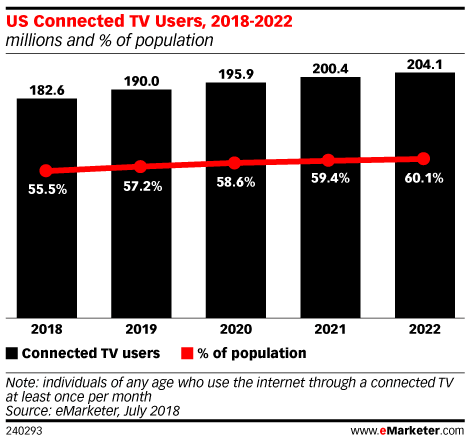In 2019, various forms of media will continue to grow and expand to reach more people, cultures, and nations than ever before. While fresh, innovative methods are gaining traction with different segments, traditional media is still thriving within the advertising and marketing world.
So what exactly is traditional media and how does it differ from new media? It’s simple. Both traditional, and new, are advertising concepts designed to reach, and engage with, consumers. However, traditional media does not use the internet or social media. We’ll save those particular elements for another day.
In the meantime, an effective traditional media agency will be able to generate awareness, leads and conversions that align with a client’s marketing goals. This is one of the many styles The frank Agency has excelled in for the past 37 years, and shows no signs of slowing down any time soon.
Different types of traditional media include:
- Television ads
- Radio ads
- Print ads
- Banner ads
- Direct mail
- Billboards
- Cold calling
- Door-to-door sales
You’re Exposed to Traditional Media Daily
While these traditional media types have laid the foundation and root work of advertising for decades, depending on your pre-determined goals and objectives, some methods will be much more effective than others.
Just think about how often you’re exposed to the various categories listed above; in your car listening to the radio while passing billboards lining the highway; at the doctor’s office reading print magazines before your appointments; at home watching the nightly news on television and checking your mailbox. These events occur on a daily basis and over time can resonate with the consumer, thus achieving one of the initial goals set at the beginning of the marketing campaign.
One limitation to traditional media is its cost. It has the potential be more expensive, however, it also has the ability to reach a much broader target audience. If one of the campaign purposes is to inform a wide range of people and generate awareness, then these methods, combined with a traditional media agency, is the way to go.
A Strong Strategy Goes a Long Way
In order to maximize your campaigns for traditional media, it’s crucial to develop a strong, dependable strategy. This starts with determining what needs to be accomplished in order to reach your tangible marketing goals. For example, if you want a new slogan or catchphrase to stick with your target audience, the message will have to be conveyed in more ways than one, and on a repetitive basis. Just seeing one 30-second television or radio ad is not going to hammer-home your intentions. This is where traditional media can get costly, but the end result could yield enormous profits for your company … if done properly.
Understanding that not all methods will generate the same kind of response is also key to running an effective campaign. By following along and cutting or adjusting detrimental ads before they become too costly, you’re allowing yourself to constantly be engaged in the campaign and are putting your best foot forward to help acquire the most optimal results.
Gathering and Analyzing the Results
New media is finding unique ways to reach consumers online, but that doesn’t mean traditional media is vanishing. In fact, well-done traditional campaigns will create a ‘call-to-action’ which will push the consumers online to gather more information about the product or company. When done correctly, it was the original traditional message that created the initial reaction do dive deeper into research. Without it, the awareness and potential conversion would be non-existent.
Once online, the effectiveness of the advertisement can be tracked via Google Analytics. Its purpose is to analyze website traffic and user behavior. But in order to monitor offline advertising efforts, another step must be taken to differentiate which traditional media avenue these particular website visits came from. Whether it’s TV, radio, print, direct mail, etc. Google Analytics allows you to create individual labels for each method in order to separate which website visits are from which advertisements. The frank Agency’s background with Google Analytics, and approach to fulfilling all traditional media agency necessities, ensures all marketing dollars are being used, and analyzed, as effectively as possible.
While generating leads and awareness is a great first step, the work doesn’t stop until those impacted become fully converted. It’s important to understand the strengths, and weaknesses, each medium possesses and how to expand or alter wherever necessary. In our constantly evolving culture, sometimes even the most basic traditional media advertising mechanisms can help you reach your goals … or at least get you started in the right direction!
In Summary
When it comes to traditional media, and more importantly your advertising dollars, don’t settle for average. The frank Agency’s traditional media team is here to help take your big ideas and turn them into a reality. Give us a chance to show you how to take your traditional media marketing ideas and turn them into successful and profitable campaigns.



